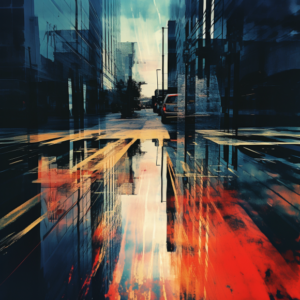Composition is the backbone of photography. It’s the arrangement of elements within a frame that transforms a simple snapshot into a compelling image. Understanding and applying composition principles can significantly improve the quality of your photos. This guide will delve into the world of photographic composition and offer tips to transform your images.
Section 1: Understanding Photographic Composition
Photographic composition is the way visual elements are arranged in an image. Effective composition directs the viewer’s eye towards the most important elements in the photo, guiding them through the scene and telling a story.
Section 2: Key Elements of Photographic Composition
Certain elements play a significant role in composition. They include:
- Lines: Lines can guide the viewer’s eye, create depth, and add structure to an image.
- Shapes and Patterns: Recognizing and utilizing shapes and patterns can add interest and balance to your photos.
- Texture: Texture provides a sense of touch to a photo and can add depth and detail.
- Color: Color can create mood, show depth, and highlight key subjects.
Section 3: Applying Composition Rules in Your Photography
Here are some popular composition rules and how to apply them:
- Rule of Thirds: Divide your frame into a grid of thirds, horizontally and vertically, and place your subject at the intersections.
- Leading Lines: Use lines to lead the viewer’s eye towards the main subject or deeper into the image.
- Framing: Use natural frames, like doorways or trees, to enclose your subject and draw attention to it.
- Symmetry and Balance: An image that is balanced or symmetrical is pleasing to the eye.
- Fill the Frame: Get closer to your subject or use your camera’s zoom to fill the frame and capture details.
Section 4: Post-Processing and Composition
Post-processing isn’t just about adjusting exposure or color, it can also aid in composition:
- Crop for Better Composition: If a photo isn’t composed well, cropping can often fix it. You can remove distracting elements, apply the rule of thirds, or balance the image.
- Use Vignetting: A slight vignette can draw attention towards the center of the image.
- Adjust Brightness and Contrast: Increasing contrast or adjusting brightness can emphasize your subject and improve your composition.
Understanding and applying photographic composition rules can significantly transform your photos. Remember, though, rules are meant to be broken. Don’t be afraid to experiment and find your own style. With practice, your understanding of composition will become intuitive, and your photography will reach new heights.



